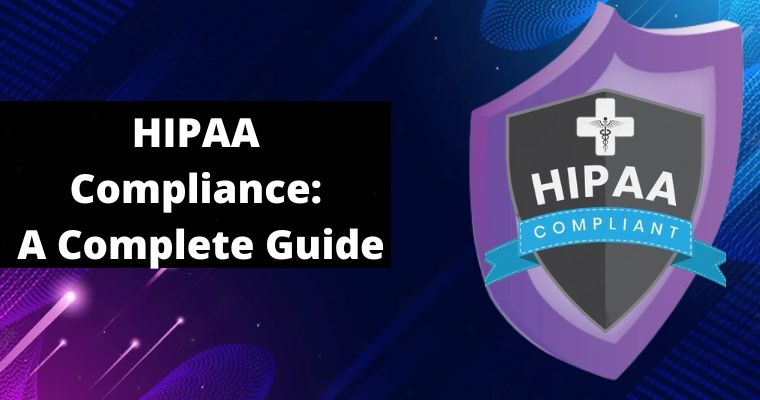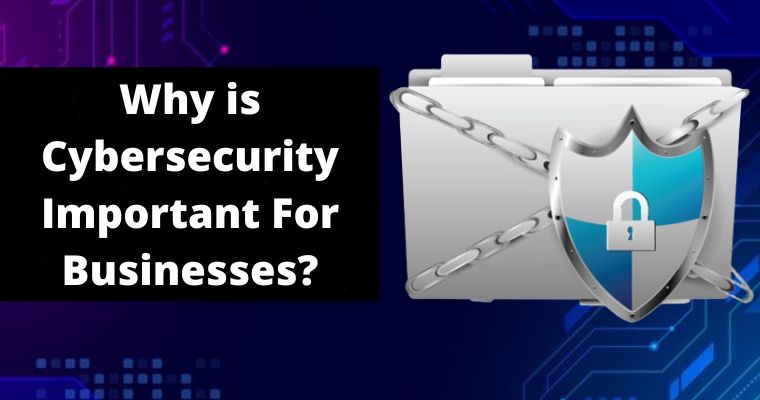Insider threats are a threat to all organizations. They are the ones that can be found on any company or organization’s website.
Table of Contents
What is a Cybersecurity Insider Threat?
Insiders, when they are successful, represent a risk to your organization.
They can be an employee who is not fully trained for what he/she does and is therefore hoarding information; or a hacker that has gained access to sensitive databases or servers. Another reason may be unauthorized access to the network by staff.
These threats can be anything from malicious hackers to poor security practices. The goal of this article is to provide an overview of insider threats to secure networks and servers and how they can be detected, prevented and mitigated.
Some basic tips on how to detect them and reduce their impact on your organization’s success are discussed below.
Many companies have yet to realize that an insider threat can be a real security issue and that they need proper protections in place.
By knowing which threats are most likely, you should be able to decide on the type of threat that needs to be monitored and/or mitigated.
These threats could be ransomware or any other type of attack that targets networks and systems that are not secured properly.
Best Ways To Prevent Cybersecurity Insider Threats
Execute security measures on your internal networks and servers, as well as secure your external connections.
Password Protect: The implementation of password protection on your private networks and systems is a great way to ensure that internal computer users are not able to access them without any kind of authentication.
If a user wants to use the system, they need to provide credentials that allow them access.
Password will automatically be encrypted as and when the users enter and store them in the cloud when a user logs in.
Use different types of “passwords” for different people, such as admin for administrators, or secretary for secretaries.
On your organization’s network, use passwords that people will be able to type but that they should not attempt to remember it.
If a user wants to access your network and make sure they don’t use the same password again by implementing one-time password protection.
Encryption: Encrypt passwords with a strong, unique algorithm that is difficult to crack.
This can be done in a number of ways, including 1Password which supports AES (Advanced Encryption Standard) for symmetric encryption and RSA for public-key encryption.
Unencrypted passwords are the easiest for a hacker to break into your system, so you should only use them if you have no other choice.
This is extremely important if you are using a web server where users are allowed to log on by typing in their username and password.
A phishing attack involves a spoofed email or web page that looks like it was sent from your company or from another company.
The phishing email may claim to come from you and ask for your password, so users will type in the wrong characters and give away their security information.
Pharming is a malicious attack that involves sending out fake emails or web pages that claim to be from your company, but in actuality are fake phishing emails.
Sometimes, pharming can include sending out email messages about updates on your sites or services.
Pharming is a serious threat and should be taken seriously by any business that uses email for internal communications. It is often used by hackers who want to get users’ financial and personal information.
There are a few ways to prevent pharming attacks from happening:
1) Implement anti-phishing filters and security tools on your site.
2) Avoid sending emails that can be used for pharming attacks such as links and screenshots of your site or service.
If your company is using the cloud, get password managers to help monitor your passwords and protect you against insider threats.
It may also be possible to upgrade your authentication system so that it stores the user’s passwords securely in a database instead of sending them over insecure channels like email.
If you can’t afford a professional password management service, you’ll need to take steps on your own in order to keep your account secure.
The simplest way to protect your accounts is to set up two-factor authentication (2FA) on every account you have access to, even if it isn’t required for logging in.
Odds are that you don’t need it most of the time, but it’s a better way to protect something you value. The two-factor authentication method is used so that even if a hacker gets inside your account, they can’t just brute force their way in.
Consider using a VPN for security to change your internet connection to another country and keep you on the same virtual network.
If that VPN is susceptible to DDoS attacks as well, take it down as soon as possible too: DNS poisoning is one of the best ways hackers can use to compromise your personal information and send spam to you.
Insider Threat Statistics
- An independent survey conducted by Ponemon Institute revealed that insider threats increased by 47% from 3,200 in 2018 to 4,716 in 2020.
- According to the Global Report- 2022, insider threat incidents have risen over 44% in the last two years, with costs per incident up to a whopping $15.38 million.
- Suspicious insiders use corporate email as a source to steal sensitive data.
- Negligent employees and credential thieves are the root causes of most insider incidents
- Vulnerable IoT devices are of greatest risk to data loss.
- Most organizations feel they are most concerned about credential theft.
- Most of the companies in Africa & Middle East are affected by insider incidents and Asia-Pacific had the least incidents.
- The negligent employee or contractor is the root cause of 56% of the insider threats.
- 26% of Malicious insiders use their data access for harmful, unethical or illegal activities.
- 18% of the insider threats are caused by credential thieves who steal user credentials in the form of social engineering attacks, primarily phishing
Technologies and tools that reduce insider threats (% wise)
- Endpoint Detection and Response (EDR) – 50%
- Data Loss Prevention (DLP) – 64%
- Privileged Access Management (PAM) – 60%
- Insider Threat Management (ITM) – 41%
- Security Information and Event Management (SIEM) – 53%
- User and Entity Behavior Analytics (UEBA) – 57%
7 Process-Related Activities That are Associated With Response To Insider Incidents
- Monitoring and surveillance
- Investigation
- Escalation
- Incident response
- Containment
- Ex-post response
- Remediation


